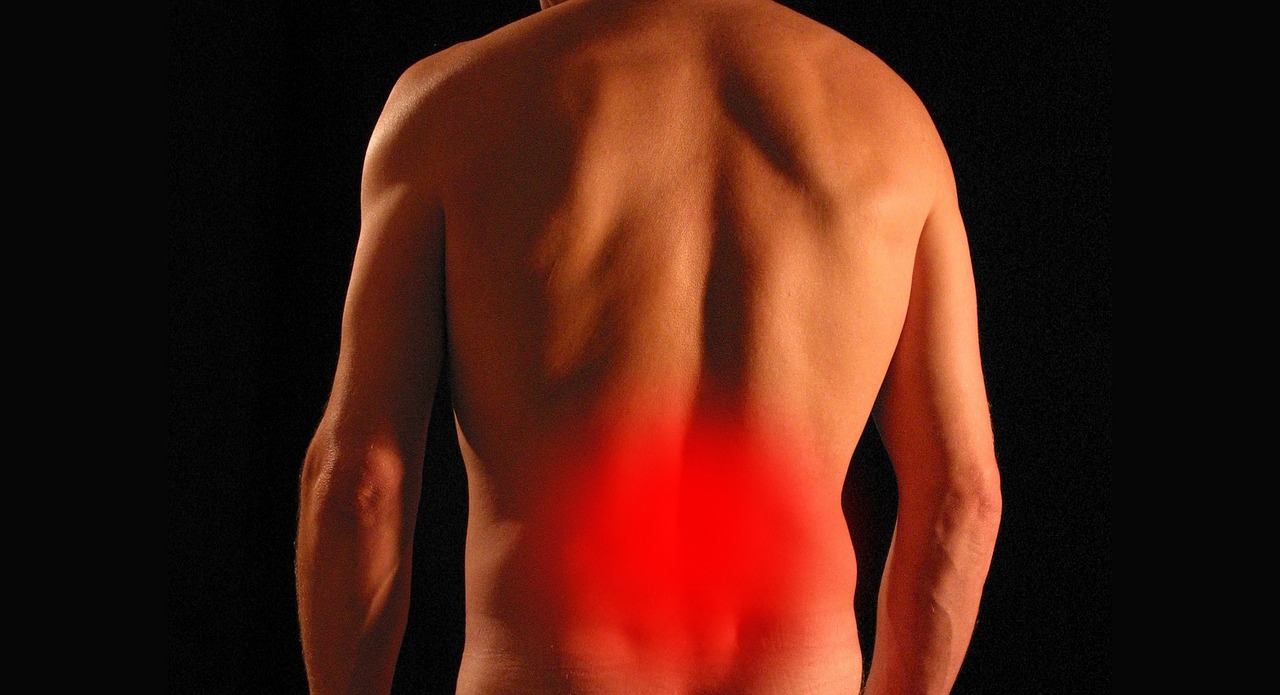This post may contain affiliate links at no cost to you
I struggled with lower back pain for years and was concerned it would impact my performance in my sport of
Brazilian Jiu-Jitsu (BJJ) and wrestling — until I was able to fix it for good. If you’re going through the same thing, here’s how you can fix your lower back pain for good and get back to doing what you love.
Step 1: Rule Out Serious Injury
The first step — and probably the most important — is consulting a healthcare professional. You need to rule out any serious physical abnormalities such as a herniated disc, spinal degeneration, or structural issues like scoliosis. This is vital, as it will determine what kind of recovery strategy is safe and effective for you.
If there are no major red flags and your pain is musculoskeletal in nature, you can start applying the methods below to finally take control of your back health.
Step 2: Movement is Medicine — Start with Gentle Activity
One of the simplest yet most overlooked ways to improve lower back pain is through gentle, consistent movement. As the saying goes: “Movement is medicine.”
Walking

Adding just 30 minutes of walking per day to your routine can work wonders. Walking increases blood flow, helps decompress the spine, and improves joint lubrication — all of which contribute to reducing stiffness and pain.
If you’re looking to track your steps or stay consistent, consider using a fitness tracker like the Fitbit Inspire 3 or Xiaomi Mi Band. They’re inexpensive and help keep you accountable.
Dynamic Stretching
Another powerful tool is dynamic stretching, which promotes spinal mobility and warms up the surrounding muscles.
Recommended Movements:
- Cat-Cow Stretch (a.k.a. Cat and Dog Stretch):
- Start on hands and knees.
- Inhale as you arch your back, lifting your head and tailbone (Cow).
- Exhale as you round your back and tuck your chin (Cat).
- Do 10–15 slow reps.
- Pelvic Tilts:
- Lie on your back with knees bent.
- Gently tilt your pelvis forward and backward.
- Do 2–3 sets of 10–15 reps.
These movements improve spinal fluidity and relieve pressure on tight areas.
Step 3: Myofascial Release — Self-Massage for Tightness
So, you’ve added movement into your daily routine — now what? This is where massage therapy comes in. While professional massage is great, it’s not always affordable or convenient. The good news is: you can treat yourself at home with the right tools.
Common Muscle Culprits
- Glutes
- Hamstrings
- Hip Flexors
- Quadratus Lumborum (QL)
Myofascial Release Tools
- Lacrosse Ball: A firm ball perfect for pinpointing tight trigger points.
Example: TriggerPoint MB1 Massage Ball or standard lacrosse balls from Amazon. - Foam Roller: Great for larger areas like hamstrings or quads.
Recommended: AmazonBasics High-Density Foam Roller
How-To:
- Place the ball or roller under the tight muscle (e.g. your glute).
- Slowly apply bodyweight to the tool.
- Roll gently until you find a tender spot (a.k.a. a trigger point).
- Hold pressure on that spot for about 20–30 seconds.
- Repeat on other areas as needed.
Do this 3–4 times per week or post-training for best results.
Step 4: Strengthen the Muscles That Support the Spine
Massage and stretching feel great — but they’re often short-term fixes if your pain is rooted in muscle weakness. Your lumbar spine is supported by roughly 20 small but critical muscles, including the erector spinae, multifidus, and quadratus lumborum. These muscles act like the steel rods in a concrete pillar — if they’re weak, your structure becomes unstable.
Roman Chair — A Game-Changer

One piece of equipment that helped me massively is the Roman chair, also known as a back extension bench. This machine isolates and strengthens your lower back muscles through controlled extension movements. This is a cheap and effective home-use roman chair: WUDLEP Roman Chair Back Extension Machine
Why It Works:
- Directly targets spinal stabilizers
- Builds muscular endurance
- Helps restore proper posture
Use it 3 times a week. I noticed reduced pain in just 2 weeks after including this in my routine.
Step 5: Strengthen Your Core
Your core is like a natural weight belt for your spine. A strong core will reduce the strain on your lower back during movement — especially under load or while grappling in sports like BJJ and wrestling.
Bird Dog Exercise
This is a highly effective, no-equipment exercise for core stability and control.
How to Do It: Here is a great video tutorial
- Get onto your hands and knees (tabletop position).
- Brace your core.
- Extend your right arm forward while simultaneously extending your left leg back.
- Hold for 3–5 seconds, keeping hips level and core tight.
- Return to starting position and repeat on the other side.
- Aim for 3 sets of 8–10 reps per side.
Other excellent core moves:
- Dead bugs
- Side planks
- Plank with shoulder taps
Lower back pain doesn’t have to be permanent. With the right strategy, patience, and consistency, it can be fixed — just like I fixed mine. By ruling out serious issues, incorporating dynamic movement, releasing tight muscles, and building strength in your lower back and core, you’ll set yourself up for long-term success.
If you’re consistent with even just a few of these methods, you’ll likely notice big improvements — not just in pain levels, but in your overall athletic performance.




